Mi3's top marketing stories of 2022: Shopper data bonanza; culling legacy marketing capability; post-Covid loyalty boom and a swing back to creativity over digital 'horsehit'

Local CMOs throwing off the shackles of global brand hegemony; online pureplay retailers finally realising Ritson was right on digital “horseshit”; a post-Covid loyalty marketing boom; strong signals that “traditional” marketing capabilities are being usurped and some major reputational rebuilds. Mi3’s top marketing stories for 2022 feature: Reckitt Benckiser’s Saurabh Jain, Arnott’s Jenni Dill, Tabcorp’s Jenni Barnett, ex-Iconic CMO Alexander Meyer, Telstra’s Brent Smart and Jeremy Nicholas, ex-Qantas turned Jetstar boss Steph Tully, CMC Markets’ Liam Loan-Lack, Noma’s Ben Liebmann, Salesforce’s Colin Fleming, McDonald’s Chris Brown, Australia Post’s Amber Collins and whatever the collective noun is for a clutch of marketing professors.
25.
I threatened to sue someone who suggested that I only talked about TV because they were paying me.
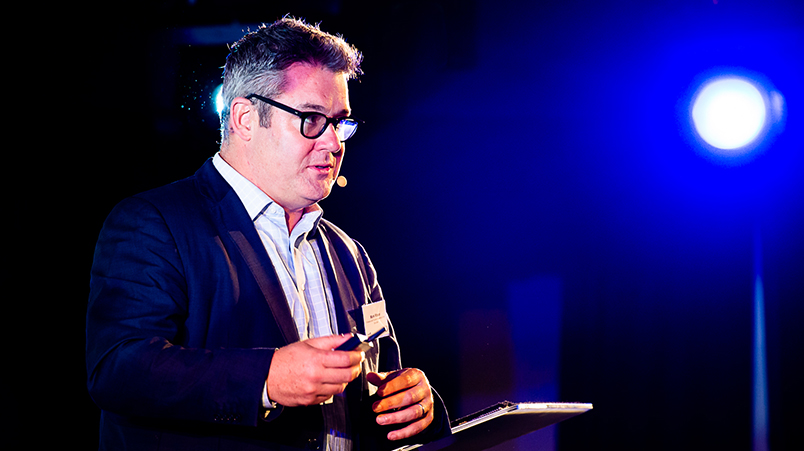
Mark Ritson: “Yeah, apparently I’m taking YouTube's money, which of course I'm not. Because – and this is amazing to most people who work in marketing – I am my own man.”
Six years ago Mark Ritson carpet-bombed digital marketing in his Marketing Deconstructed lectures for the Australian Association of National Advertisers (AANA), calling digital video a "tsunami of horse shit". It electrified the debate between digital marketers obsessed by channel tactics and the loss of overall strategic thinking in marketing and prompted an army of digital critics accusing Ritson of being on the take from broadcasters – a claim he counters with not ever receiving a dime from the TV sector. Then, mid-2022, Ritson appeared to flip his alleged allegiance to TV, fronting a “Long and Short of It” series for YouTube, featuring CMOs from Optus and Menulog singing YouTube’s praises. Has he now sold out to the media-tech titan too? Here’s Ritson’s take.
24.
I think this is one of the best online tests that we’ve done in recent times, which gave us phenomenal uplift – almost two and a half times better return.
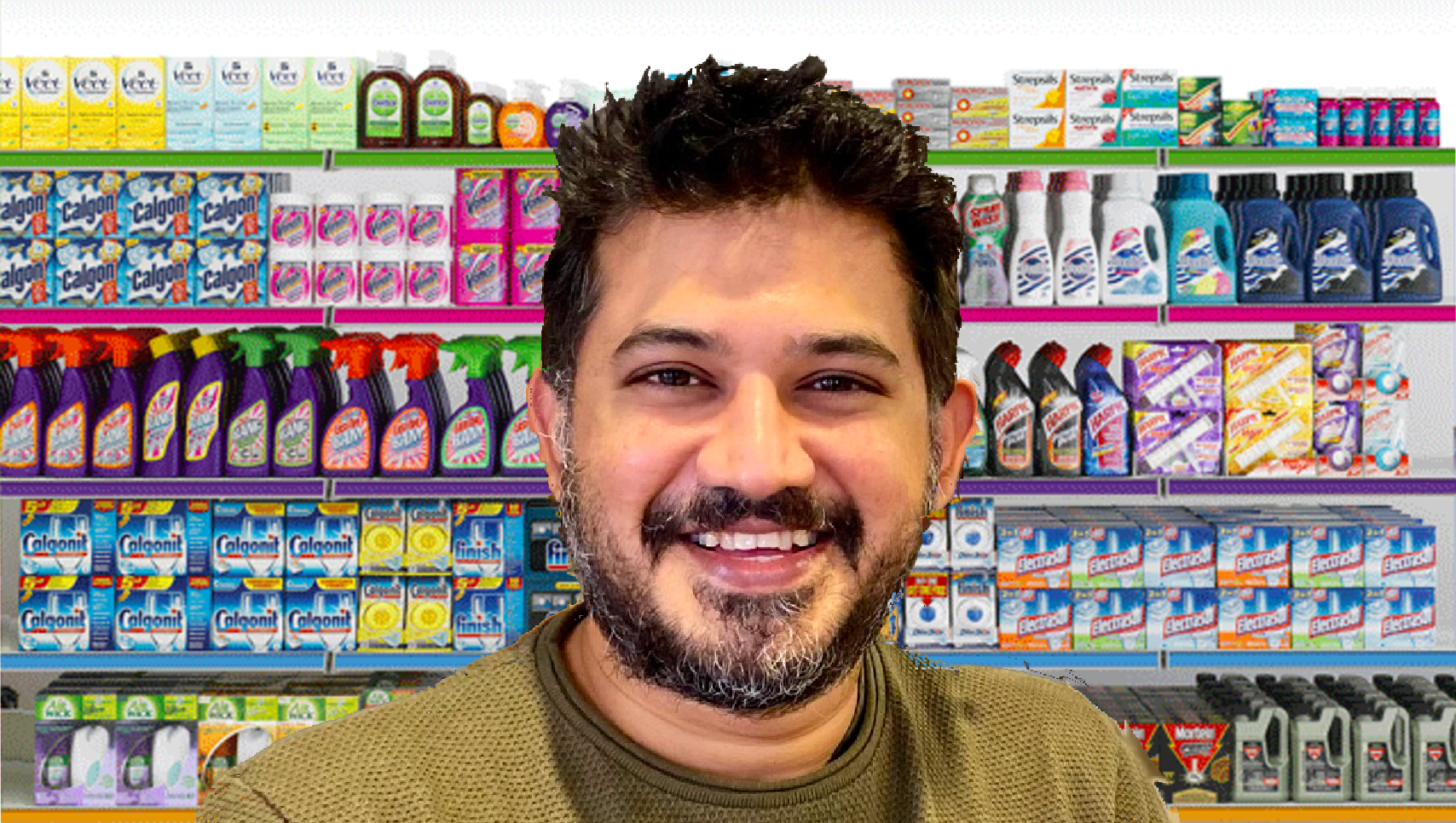
"I think you can say safely, in the last two years, our portfolio has got a chance to service the maximum number of Australians," says Reckitt Benckiser's Saurabh Jain. Now he's putting that retail data to use – and BVOD's in his crosshairs.
Covid gave Reckitt Benckiser a snapshot of just about every Australian who could possibly buy cleaning products – and along with retailers, a huge trove of shopper data to fuel digital campaigns. Harnessing that data has already driven 2.5x better returns, says Reckitt Hygiene product marketing boss Saurabh Jain. Next he's bidding to layer shopper data into BVOD buys in a bid for sharper targeting on the big screen.
23.
I don't want to be the marketer that comes in and repositions and redoes all the packaging and then redoes all the advertising and says, 'my job is done', because that doesn't feel like what we need.
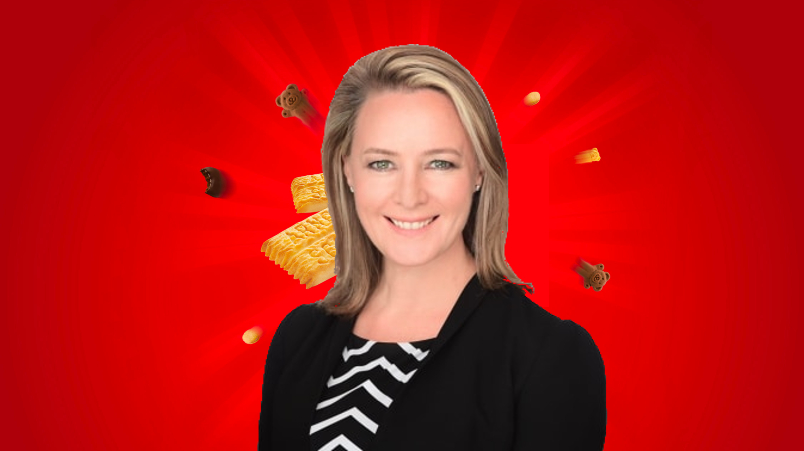
“I would never see us as Arnott's moving everything into retail media, because that's not how you grow brands and businesses over time." – Arnott's CMO, Jenni Dill
Former McDonald’s CMO Jenni Dill joined the old but iconic Arnott’s after US private equity firm KKR paid $3.2 billion for the business from Campbell's. Rather than stripping out costs for a fast buck, the new owners are investing to overhaul Arnott’s as a contemporary Australian iconic brand. The growth plans are ambitious and, in the case of a sell-out of Tim Tam perfume, unconventional – but this year saw Dill and her team hit the accelerator. While retailer media started to gather pace in 2022, Dill is pragmatic on its potential. For now, it’s sitting at circa 10 per cent of the biscuit maker’s budget.
22.
We'll need to dial down certain skill sets. We may need less of some particular types of traditional marketer.
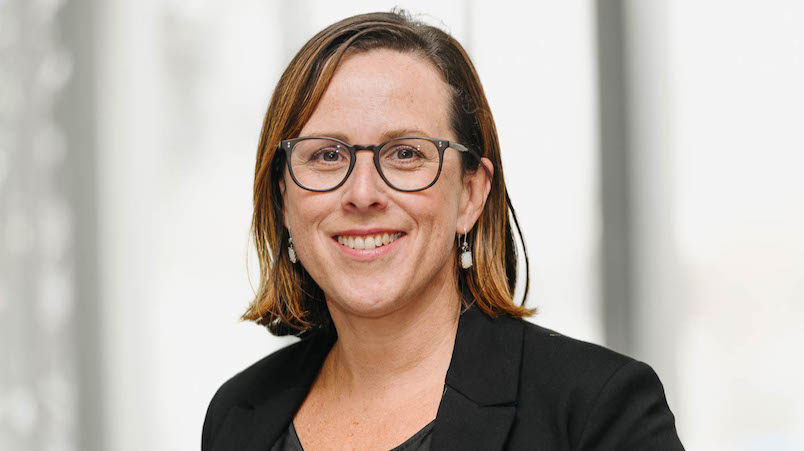
Jenni Barnett: "Like most companies, we have to ensure that we're leveraging data and analytics as well as digital design. That tells you a bit about where we are headed."
Chief Customer Officer Jenni Barnett raced out of the blocks in a bid to reshape the demerged Tabcorp business. The former Telstra and Commbank exec is building significant digital and data capability, effectively rewiring the marketing department with circa 40 people incoming, and bidding to stitch together the betting giant's owned channels – 4,000 venues, 50,000 screens, Sky Racing and sports properties – with a new app spearheading a CX and personalisation push. Barnett also signalled a major shift in the capability now required within her marketing unit: Within a year, "the team will look quite different."
21.
We can see it with the likes of David Jones and Myer. They’re ailing for good reason and they can’t refresh quick enough… you basically have to leapfrog and it requires some brave, bold moves.
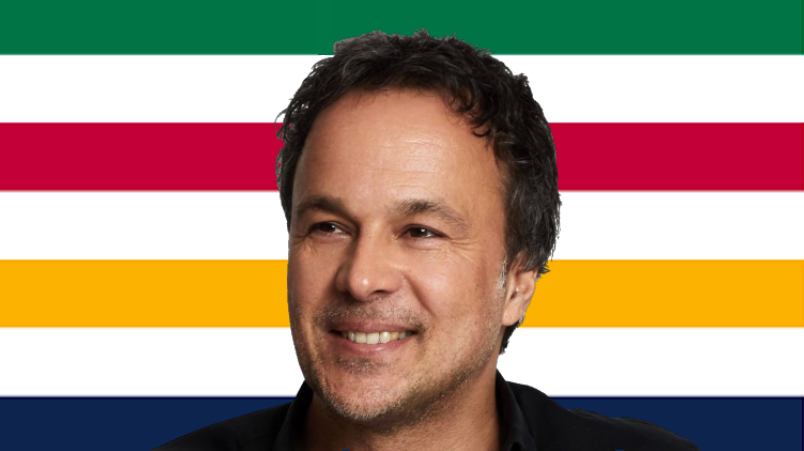
"If you haven’t seen the light and if you haven’t invested in a first-party data strategy ... you don’t have an opportunity to win any more." – Alex Meyer, former CMO, The Iconic
Alex Meyer, former CMO at The Iconic had some valedictory warnings as he left the retailer for a chief customer gig in Canada. "Pureplayers won the online battle, omni retailers with an online-first mindset will win the retail war", per Meyer, who said the targeting tools digital marketers have become reliant upon are fast hitting walls. Data and tech are now just standard tools today – the biggest business differentiator, reckons Meyer, is a swing back to creativity.
20.
If you're working on one of those [global brands] in Australia, you don't really get to shape the brand ... I don't want to be told what to do with the brand by people in Cupertino or New York.
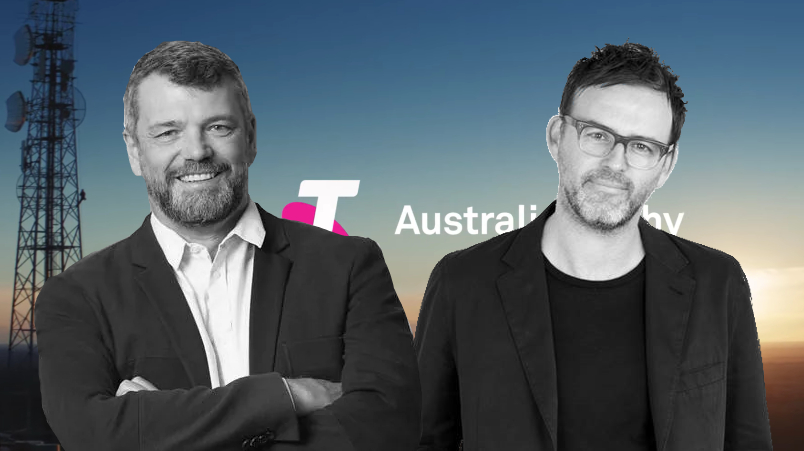
“The thing that scares me the most as a CMO is that I create a thin veneer of advertising,” new Telstra CMO Brent Smart, right, says. Left: former CMO turned Digital Channels chief Jeremy Nicholas.
Jenni Barnett's shift to Tabcorp saw Telstra CMO Jeremy Nicholas step into her former role, and Brent Smart switch from IAG to take the top marketing gig at Telstra. Nicholas and Smart are still working side by side at the telco, with the remits of digital, CX, ecom and marketing are increasingly intertwined. Nicholas says he was partly lured to the role because brands are “defined increasingly by their customer experience and increasingly that’s a digital experience.” On the flipside, Brent Smart in 2019 was one of the few marketers who publicly called out the tech platforms which power blue chip customer experience deployments by saying marketing technology, or martech, was quickly turning vanilla. His position is now softening. Here’s the full lowdown from two execs with among the biggest marketing and digital CX remits in the country.
19.
When the profits are good, banks employ people. When the share price is under pressure, unfortunately for the marketing team in this case, they take people out.
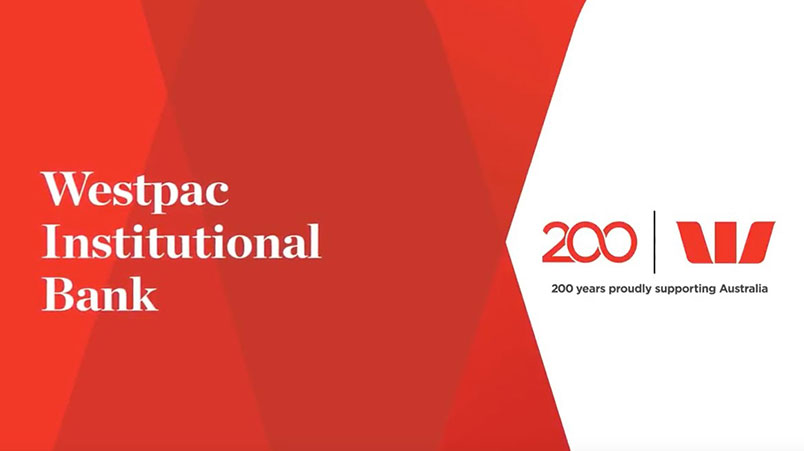
Major marketing job cuts incoming at Westpac. Depressing news for FTEs but potentially good for agencies.
Westpac to axe up to 90 marketing staff as $8bn cost cuts bite, though agencies may gain
Westpac in February told staff it would axe 80-90 marketing jobs amid swingeing cuts in bids to save billions of dollars. As rivals CommBank and ANZ step up marketing investment, how the shakeout ultimately affects Westpac's ability to compete will eventually become apparent. But a blow to CMO Annabel Fribence and her staff was seen as a potential boon by agencies as the bank pushed cost off the books.
18.
I think we underestimated how much people care about their frequent flyer status.
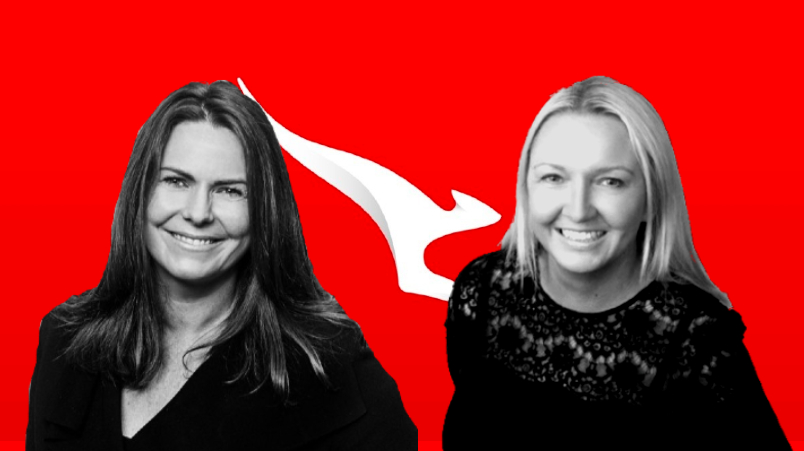
"We didn’t have any budget. As in, zero marketing budget,” former Qantas Chief Customer Officer Steph Tully (R) said. “So how do we do things that are good for keeping that connection with our customers?” Left: Petra Perry.
As Qantas restructured its marketing team, bringing in loyalty programme lead Petra Perry to head marketing across both divisions, former CMO and former Qantas Chief Customer Officer Steph Tully (now CEO at Jetstar) unpacked how the airline pulled out all the stops to stay afloat during Covid with new – and used – products flying off the ecom shelves. The flightless airline shifted pyjamas, bar carts, sold out of round trips to nowhere and made $10 million ads on shoestring budgets. It kept its magazine going so publishing partner, News Corp-owned Medium Rare, could do the same, selling ads and staying connected with frequent flyers. A survival tale.
17.
This is creative-led effectiveness – not media-led effectiveness… not about how much we’ve spent. It’s about having incredibly well-branded, and incredibly strong emotional stories that connect with people ... We have absolutely increased the value of the brand, not theoretically, but in hard numbers that accountants can account for.
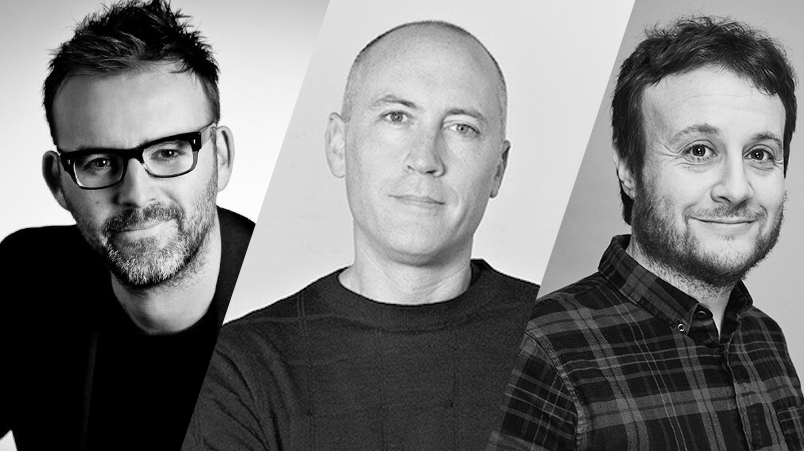
L-R: Brent Smart, Mark Green, Fabio Buresti. "A lot of marketers fall for the quick wins of performance marketing, which lets you show a really quick ROI in the first six months. You need patience to build a brand..there wasn't an instant turnaround."
NRMA Insurance was facing material challenges when IAG CMO Brent Smart returned from New York and appointed Accenture’s The Monkeys, without a pitch, in an early, Australian text book example around the business impact of investing long-term in brand. They were unwavering from the get-go about ending M&C Saatchi’s “Mr Confidence” and returning to “HELP” in late 2017, according to a redacted Effie submission seen by Mi3. A series of brand-led campaigns took out the Advertising Council’s Grand Effie Award for returning the ailing insurance company to category-leading growth. But just how bad were things at NRMA Insurance, and how and why did it return to a 20-year-old idea? Smart and The Monkeys’ CEO Mark Green and Chief Strategy Officer Fabio Buresti get brutally honest. (Smart has since moved on to Telstra.)
16.
I remember the final round interview very well: a senior Executive on the board of a billion dollar Blue Chip Australian brand dryly commented, “You’re an agency person, you just don’t get what being a strategic marketer is about.” Clearly, the comment has stuck with me.
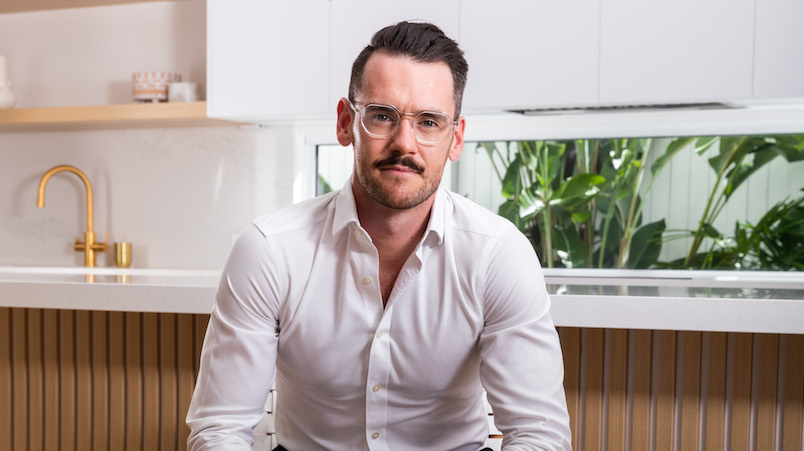
Loan-Lack crossed the ditch from agencies to brand-side, swapping UM for My Muscle Chef. For those thinking about leaving agencies to join brands, here’s a smart take on strategy versus tactics; why perfection is the enemy of progress, given no data is ever perfect; and why getting brands, agencies and publishers together at the outset is a short-cut to success in a time-poor world. Plus, how to prove the naysayers wrong.
15.
Noma Sydney went on sale at 9am. I was going into a meeting with Foxtel and texted the team in Copenhagen managing ticket sales to call me if there was a problem. Three minutes later I got a text that said ‘we’ve sold out’. We’d sold five and a half thousand tickets in three minutes. And that was that moment of realising not only the power of Noma, but really the power of food.
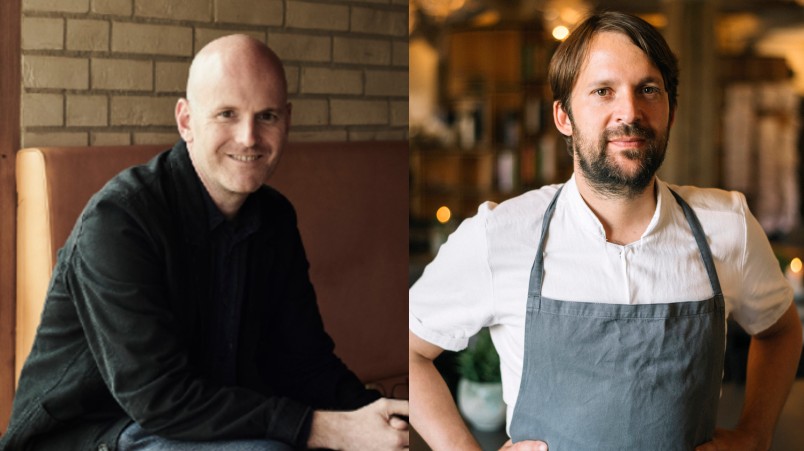
Ben Liebmann (left) René Redzepi: Selling pots and pans and rolling out restaurants around the world wasn't Noma's style. It's thinking bigger – aiming to create "the next iteration of food media". Pic: René Redzepi by Even Sung
The founder of Noma, the world’s best restaurant, hired the man behind the $700m MasterChef juggernaut – and hand-picked by Elizabeth Murdoch to run Shine360 – to scale his world renowned Copenhagen fine dining establishment and brand. But René Redzepi and Australian expat Ben Liebmann didn't want to take the same TV show, steak knife and pans approach as proven TV cooking formats, nor the path trodden by the likes of Gordon Ramsay and Jamie Oliver. Instead scale would come through 'restrained creativity'. The number crunchers shook their heads. Liebmann delivered the pop-up sensation, Noma Sydney – which sold out 5,500 seats in three minutes. The team renegotiated the commercial contracts that underpin fine dining’s wafer thin margins, launched spin-off – but entirely different – restaurants with Noma’s top talent. Then they negotiated a series via a Apple. Just as it started, Liebmann headed back to Sydney without a gig – and promptly shared this story, propelling it into the top slots via a LinkedIn second wind.
14.
"We did Dreamforce last year, it was 1,000 people. The year before that was [big bosses] Marc [Benioff] and Bret [Taylor] in a tree in the park. So this was an opportunity for us to reset. But I have to be honest, I was anxious going into this, not knowing what demand would look like after three years. Has the Dreamforce magic gone away? I was scared.
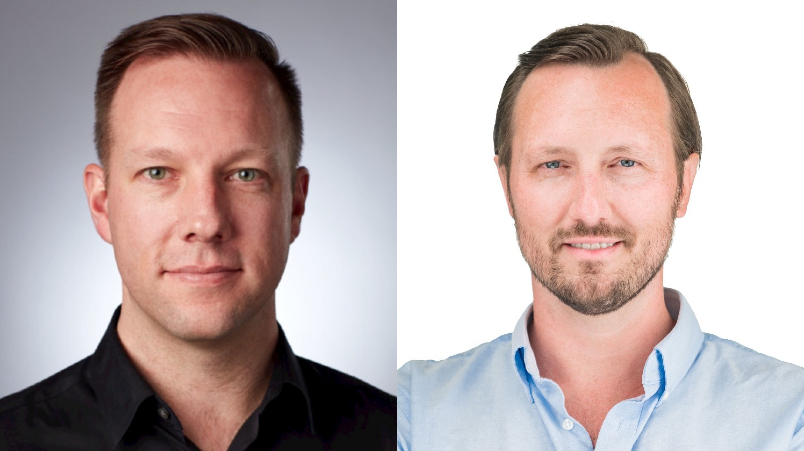
Lifting B2C's playbook, raiding its talent, planning a celebratory wake for last touch attribution and a total overhaul of account-based marketing: Salesforce global brand boss Colin Fleming (l) and Jim Habig, LinkedIn's Global VP, Marketing Solutions.
In 2020, Dreamforce, a circa $100m global tech event with 40,000-plus attendees, ended up with big bosses Marc Benioff and Bret Taylor "in a tree in a park" as Covid crimped martech's biggest jamboree. This year, it came back with a bang as Saleforce morphed into the Disneyland of tech, business branding and product with an armada of animated characters to build emotion and "distinctive assets" – a radical departure from much of the historical, rational underpinnings of demand-generation tactics in B2B. Salesforce EVP Global Brand Marketing, Colin Fleming and former YouTube marketer and LinkedIn Global VP, Marketing Solutions Jim Habig joined up in San Francisco for this Mi3 doubleheader. Between them they're overhauling measurement, spurning "vanity metrics", culling content and "preparing a funeral" for one of the biggest and lasting furphies in digital marketing – last-click and last-touch attribution. Finally.
13.
We're not looking at loyalty as a ‘set and forget’, but how can we continue to evolve it to be valuable and rewarding for our customers? I think we talk a lot about value for money, but a really important metric is ‘treats me like a valued customer’ – and loyalty is a big part of that.
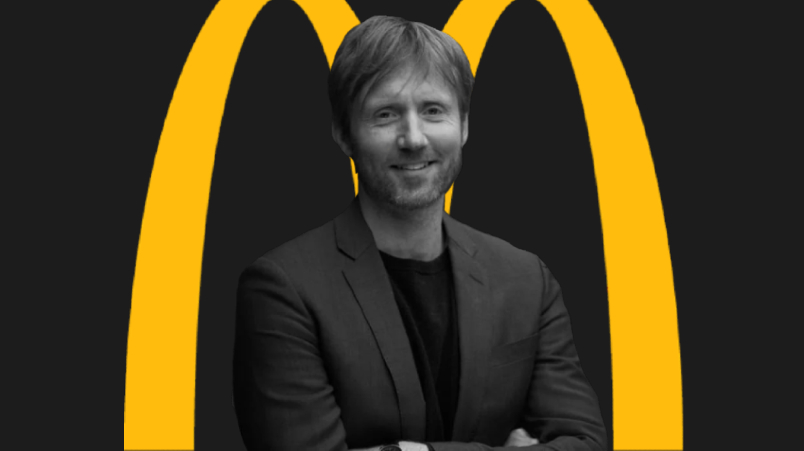
“I think the aperture and canvas when you go client side is so much broader, and understanding the role that marketing plays and the customer plays," McDonald's Chief Customer Officer Chris Brown says.
After leading DDB New York and IPG’s R/GA, Chris Brown stepped into hist first brand-side role – with a client he knew well – at McDonald's in late 2020 and says his scope and understanding of marketing, customers and business impact have broadened dramatically. Since then Brown's overseen a successful loyalty program launch and a new brand platform focusing on value, while maintaining the Australian business’s reputation as a global innovator. Mindful of rising economic volatility, he's hoping to convince two million Aussie customers that Macca's is a valued part of their lives, whatever else may be happening. Improving tech, new products and appealing to ‘flexitarians’ are high on the agenda.
12.
There was no brand platform, there was no brand assets, there was no customer plan, there was no marketing strategy. Media was being bought completely inefficiently and culturally the team was not well regarded in the enterprise.
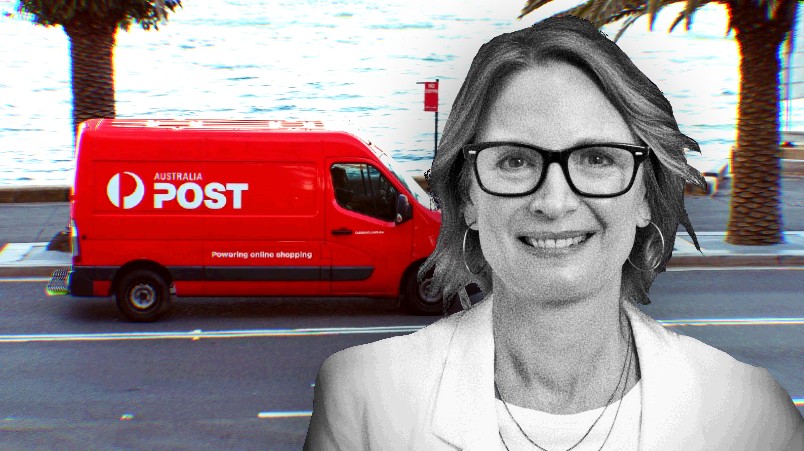
Amber Collins: "If I was concerned about the delta between what we're saying and the reality, I certainly wouldn't do it. I would never miss the first law of marketing: don't drive to a bad experience.
Amber Collins left Coles in 2019 to become Australia Post CMO and quickly discovered the marketing unit and its reputation inside the business was in a very troubled state. With about 100 in the team today, Collins says the turbulence is over, the “Delivering for Australia” campaign is the “most successful in Australia Post’s history” but ultimately advertising was only a small part of the reputational turnaround that the marketing team had to address. This one was only published a couple of weeks ago – so to make it this high on the list shows some serious cut-through. Hats off to Amber.
11.
I like a bit of mess. That’s what I inherited at CBA and Telstra really. I love trying to move big incumbent Australian brands forward.
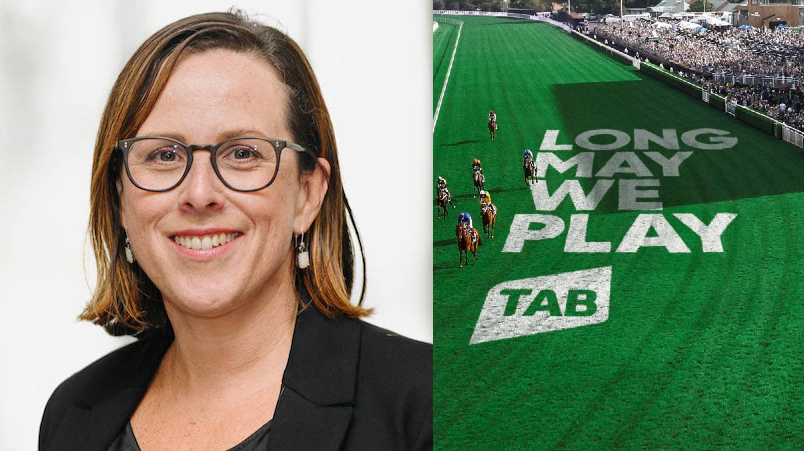
Jenni Barnett: "It’s a broader C-suite remit. I wasn’t looking to be honest. I was happy at Telstra.”
Jenni Barnett’s appointment as Tabcorp’s Chief Customer Officer set a new benchmark for digital transformation roles – and CMOs – and set in train a chain of events that saw Telstra CMO Jeremy Nicholas step into her former role, and Brent Smart switch from NRMA to the marketing gig at Telstra (per #20, above). At Tabcorp, Barnett has product, data and data science, omnichannel customer experience and personalisation, brand, marketing and sponsorship in her C-suite remit. And she’ll have charge of Tabcorp’s data ethics, a new capability rapidly emerging for blue chips, along with involvement in mergers and acquisitions. Two entries in Mi3's top 25 is a feat largely reserved for feuding marketing professors, so kudos to Jenni B.
10.
Brand marketers, who are in the most precarious position, need to lean in to this idea of being more metrics and data-driven. It’s less about brand purpose and more about association with buying situations. If they position themselves as financial and commercial, I think they are much less likely to have their budget cut.
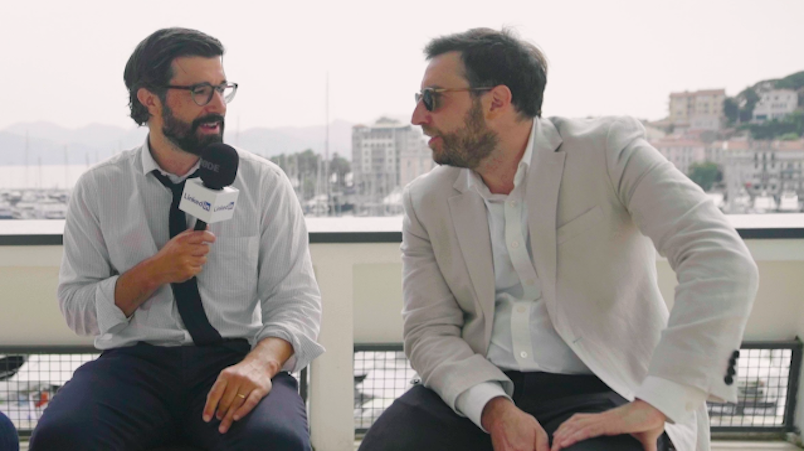
B2B Institute's Jon Lombardo, left, and Pete Weinberg: Performance marketing makes no sense in a recession. Better to cut lead gen budgets and go harder on brand to grow faster in the recovery.
Brand budgets are usually the first casualty of recession. But lead generation or performance budgets should actually be cut, argue Jon Lombardo and Pete Weinberg, respective heads of research and development at The B2B Institute, because nobody is buying. To escape the axe, they say brand marketers need to stop talking about brand purpose, and start talking growth metrics.
9.
John Philip Jones formalised [ESOV] 30 years ago, and it’s been a very strong relationship. But it is breaking down. It's simply because the money hasn't been chasing the attention in the way that it once did.

Peter Field, Karen Nelson-Field, Orlando Wood: Advertising is failing to build brands, fracturing the relationship between ESOV and growth. But there are fixes.
The global ad industry faces a three-pronged threat to its stated ability to drive growth, warn ad effectiveness, attention and creative cut-through luminaries Peter Field, Karen Nelson-Field and Orlando Wood. Long-standing marketing rules such as ESOV and mental availability are being undermined by the mistaken collective belief that left-brain, short range techniques – read performance marketing – will drive growth and encode memory structures, and that all channels are equal in delivering attention. "The mental availability fuel supply is being drained," warns Field. But there are fixes...
8.
Vanity metrics is a rampant disease inside organisations, for sure. It's something we're working aggressively to eradicate.
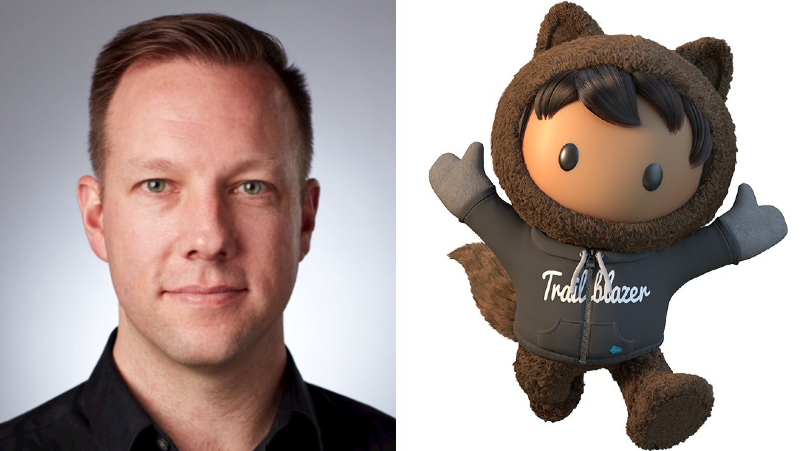
Prior to 2015 and Astro, a brand mascot designed for a tee-shirt at a developer conference that "went viral", Salesforce’s ads and disruptive brand position had lost their mojo, Now it’s one of the world’s most valuable brands, with brand maybe even more valuable than Salesforce’s IP, per Colin Fleming, former racing driver turned Salesforce EVP Global Brand Marketing. He reckons the secret is focusing on building memory and going longer on brand investment than most – and showing the CFO exactly why that will pay off. Chasing short-term stuff that doesn’t matter, namely vanity metrics, must be “eradicated”.
7.
Last week Mi3 published a report on a presentation from Professor Byron Sharp, where he spent much focus and energy denouncing the work of basically any marketing effectiveness researcher that was outside of his organisation. The fact that the findings of those researchers are consistent with his own appears either to be lost on him.
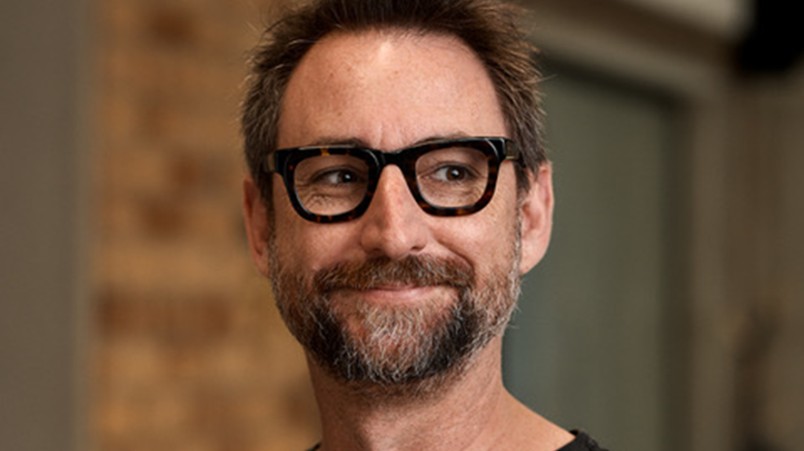
James Hurman: "Being married to a scientist, I’m well appraised of the stories of just how insecure scientists can be... [but] I find it perplexing that Prof. Sharp is so insistent on criticising others who have found the same results as his institution."
James Hurman skewers Professor Byron Sharp after the professor skewered Binet & Field, and "basically any marketing effectiveness researcher that was outside of his organisation" during a presentation at the Mi3-LinkedIn B2B Next conference (see #1 below). There's a barb or two in this one – and some salient points. "In the end, the agreement between marketing science and effectiveness researchers should be celebrated," per Hurman, not trashed.
6.
This years’ cohort, our 8th in Australia, represents the calibre and potential of the remarkable emerging leaders in this country yet again.
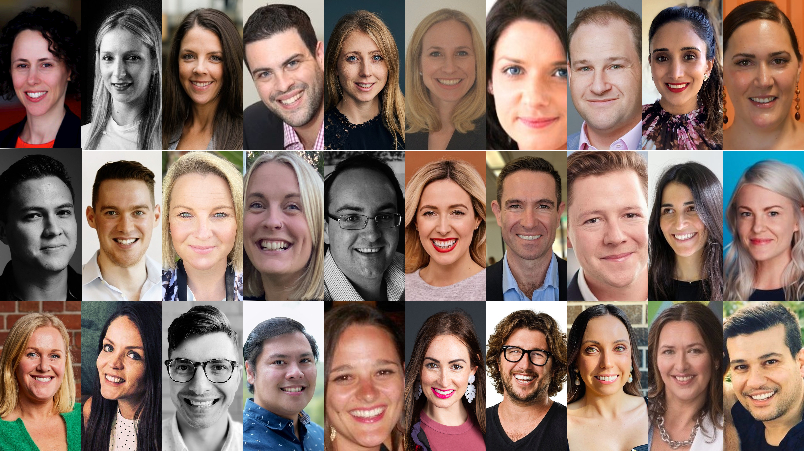
The Marketing Academy is pretty hard to get into, for good reason. Those that made the cut – and they all graduated last week – shared the heck out of this one. See the next generation of marketing, media and agency leaders here.
5.
Agencies are screaming for objectives. We just want to know what needs to shift in people's brain about the product or the brand you're selling that's going to drive a certain behaviour and that's going to drive a commercial goal … The worst briefs anecdotally contain only attitudinal objectives: ’Grow my awareness by 10 per cent’. Okay, what's the bigger picture here? What are you trying to achieve?”
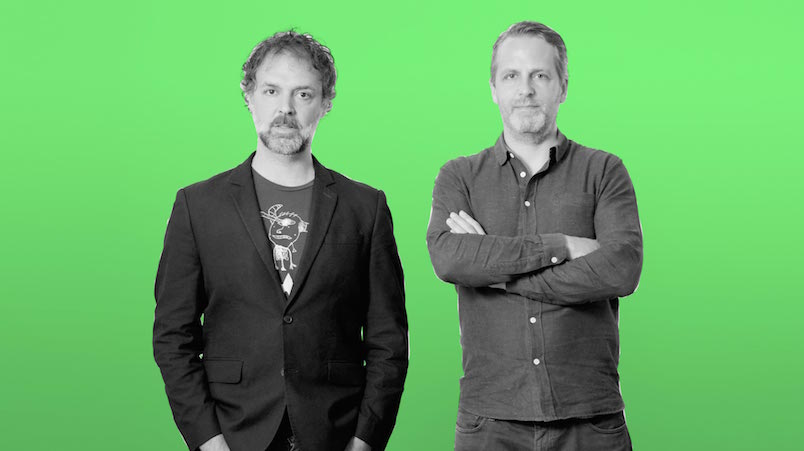
Matt Davies (left) and Pieter-Paul von Weiler: Half of Australian marketers have not been trained on how to write briefs, or the briefing process. And that's a problem.
The headline findings of the BetterBriefs Project and its research spanning 1,700 marketers and agencies make for grim reading, with a third of ad budgets being wasted as a result of bad briefs. In Australia, the data shows 50 per cent of marketers have not been trained on how to write briefs, so half don't know what they are doing. Unless things improve, marketer tenures – and standing within boardrooms – will continue to decline. But there are some simple fixes, say Better Briefs co-founders Matt Davies and Pieter-Paul von Weiler. Get your fixes here.
4.
Impression relativity and measurement clarity is a thing of the past, and what Bryon’s comments don’t reflect is the scale and the complexity of the error that now lies beneath his ideal of True North.
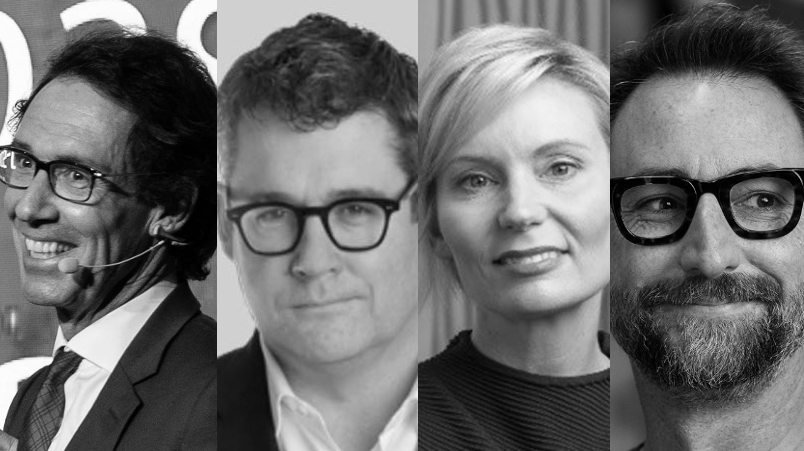
This one caused a minor fracas. Mi3 published the unadulterated audio from Byron Sharp's Mi3-LinkedIn B2B Summit presentation (see #1 below), after suggestions we'd spun the story. But Ehrenberg-Bass had strict terms in place with LinkedIn – we could write what Prof. Sharp said, but not publish the audio. A bit weird, but there you go. Given their commercial relationship and contract, not ours, we pulled it. But this piece wraps in punchy counteroffensives to Sharp's views from the likes of Karen Nelson-Field, Mark Ritson, Mike Follett, James Hurman and Jon Waite.
3.
A lot of advertising is geared to persuasion rather than building mental availability. Persuasion is about assuming you're in the room and you're arguing your point, whereas mental availability is about getting into the room. And so that's the big challenge: most organisations are failing to get into the room, but they're spending all their money on arguing as if they're already there.
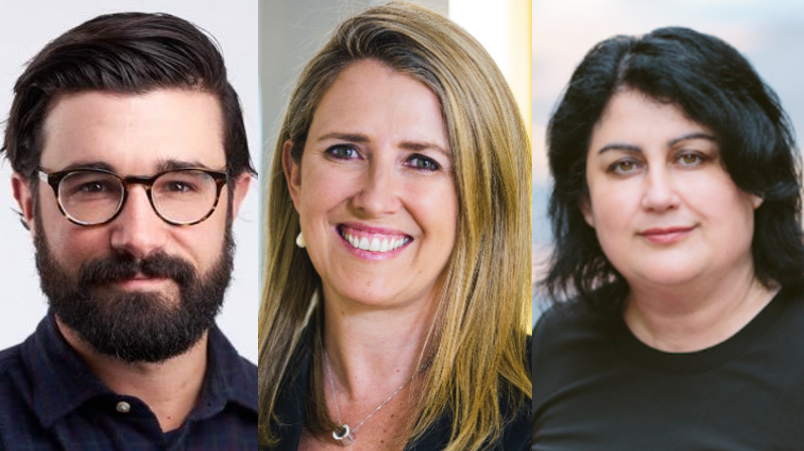
Jon Lombardo, Prue Cox and Jenni Romaniuk unpack how B2B – and B2C – brands can and should be growing faster and how and why marketers can win over the CFO. Hint: It's not by making 'drab, dull' lead generation ads.
From flipping the marketing funnel sideways to scotching “delusions” that retention and loyalty trump acquisition – and a new performance-enhancing twist on Binet & Field’s 60:40 brand to performance rule (it should be 95:5 in B2B) – the science unpacked in How B2B Brands Grow also applies in large part to B2C marketing, says its Ehrenberg-Bass co-author, Jenni Romaniuk. Jon Lombardo, Global Research Lead at The B2B Institute hopes the science emboldens brands to stop making “drab and dull” performance ads – and stop worrying about offending customers. The truth, he says, is few people care about brands at all: “It’s all upside. The job is always to build mental availability.”
2.
When we do get to talk about strategy, it's such over complicated wank that I sort of think it's probably better not to talk about it at all.
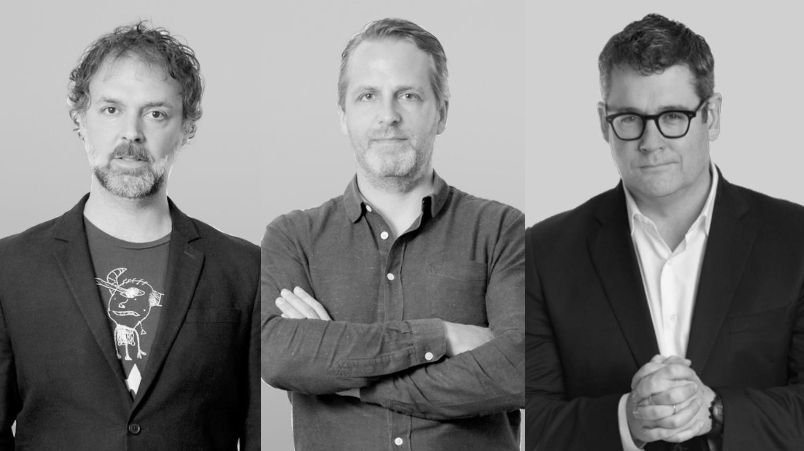
Better Briefs' Matt Davies (left) and Pieter-Paul von Weiler (centre), and Mark Ritson (right)
After a night in a pub yelling at the moon over the precarious state of agency briefs from marketers, two Australian strategists unveiled an eye-popping global study of 1,700 agencies and brands on the state of briefing. It showed marketers, seniors not juniors, are all but delusional on how good and effective they think they are in the critical briefing process while agencies have been quietly aghast – for more than a decade. Mark Ritson had a major hand in driving the BetterBriefs project, and subsequently co-authored a best practice guide with founders Matt Davies and Pieter-Paul von Weiler in a bid to help fix the global marketing affliction. Always good value, this one's worth a re-read.
1.
60:40 is supposed to be the magic formula for you. Spend 60 per cent of your money on advertising, whatever that is, no one's really clear, and 40 per cent on activations. But people have no idea what activations really are and there's no guidelines. So really, you can spend whatever you like. But it sounds good to have a formula.
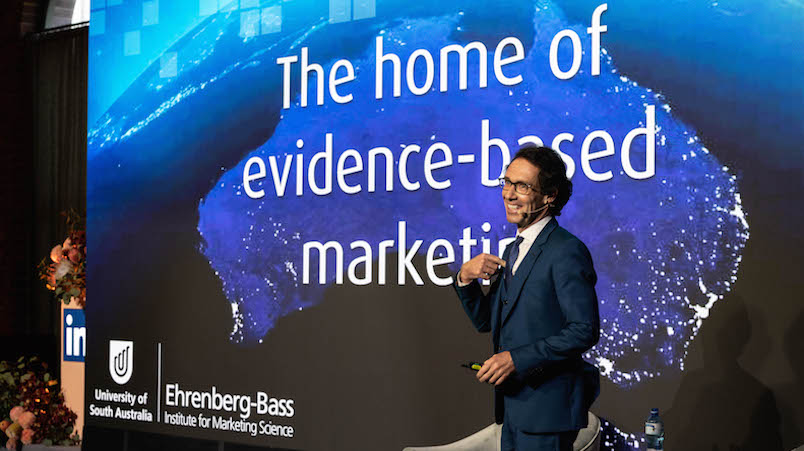
Byron Sharp: Focus on mental and physical availability to grow. Keep advertising and try to reach everybody, consistently.
This one went off. Byron Sharp lobbed a couple of bombs at the Mi3-LinkedIn B2B summit, managing to polarise industry in the process. Marketers adhering to Les Binet and Peter Field’s formula around brand to performance budget ratios are basing investment decisions on questionable data per the Ehrenberg-Bass supremo, who also let rip on attention metrics, dynamic creative and cross-channel network effects while giving rival professor Mark Ritson a backhanded complement – and spawning a glut of opinion pieces.
